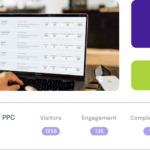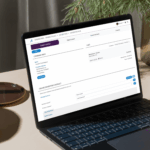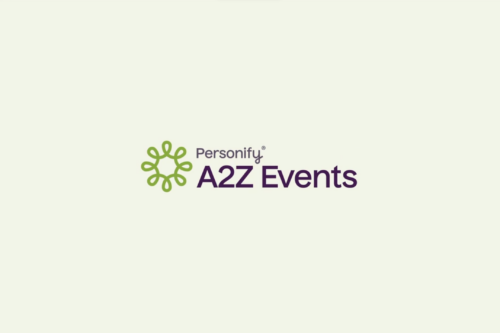Let’s be honest – registration is rarely the most exciting part of your event planning process. But what if we’ve been thinking about it all wrong?
In our recent Registration Technology webinar, From First Click to the Onsite Experience – What You Can’t Ignore, a panel of seasoned event organizers made the case that registration isn’t just a task to check off. It’s the front door to your event—the moment attendees decide how they feel about you.
Forget the rinse-and-repeat mentality. It’s time we start treating registration like the strategic powerhouse it can be.
Meet the Speakers…
Kicking off the session, Kelly from The Midwest Clinic introduced her event—a surprise to many attendees expecting something clinical. In reality, it’s one of the largest band and orchestra conferences in the world, attracting over 16,000 people.
And with that crowd comes complexity. Think music educators, entire school ensembles, international attendees, and a tangled web of registration paths.
Roberta Sumner introduced her organization, VRS Meetings & Events, a full-service events management firm that has been around 20 years. They’ve seen a lot of ways events can be run and managed from a registration standpoint both in the United States and around the globe.
It was the perfect setup for the larger point: your registration system isn’t just about collecting names—it has to reflect your event’s soul and structure.
Registration = The Welcome Mat
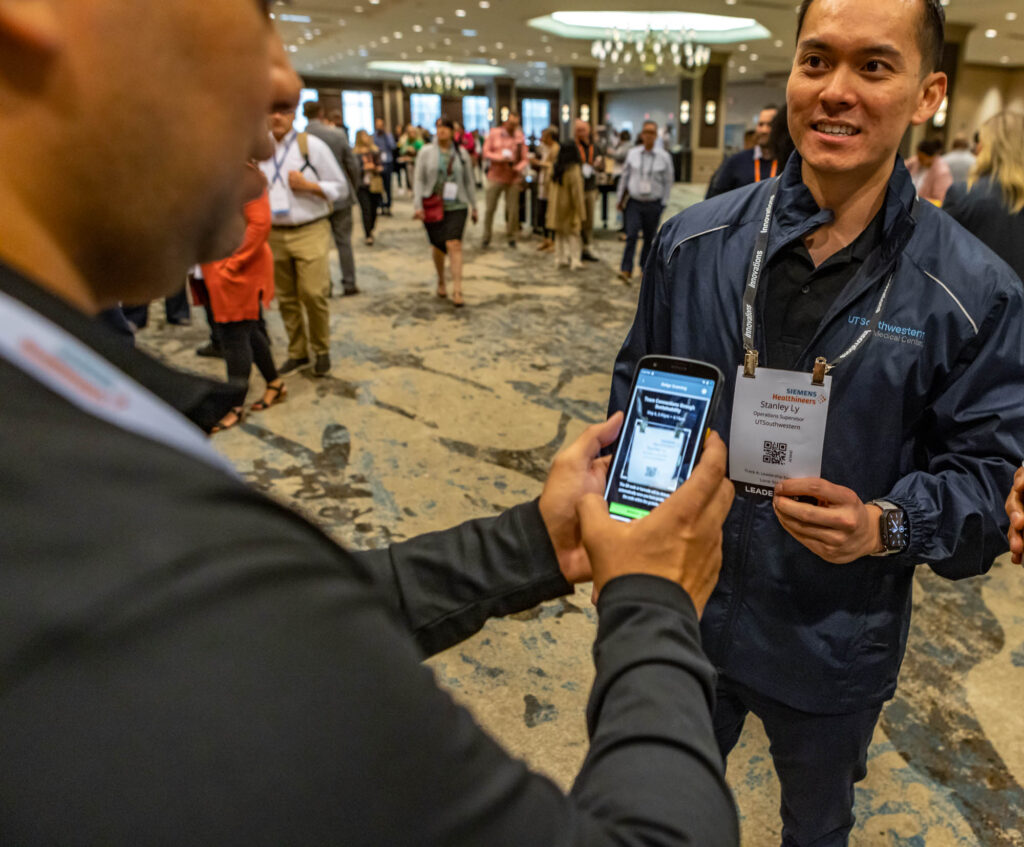
Moderator Rich Vallaster nailed it when he said: “Registration is your welcome mat.”
Think about that. It’s often the very first branded experience someone has with your event. It sets the tone. And yet, it’s one of the most overlooked elements in the planning cycle.
Registration should feel seamless and strategic. If it feels like an obstacle course of dropdowns, discount codes, and “TBD” fields, it’s time for a rethink.
Start With the End in Mind
One of the most repeated phrases during the webinar was this: begin with the end in mind.
What do you want your attendees to take away from your event? And how can the registration experience pave the way?
That might mean:
- Asking fewer but more strategic questions
- Tailoring the experience by attendee type
- Using reg data to fuel onsite experience design
Kelly emphasized curating the experience from the very beginning: “What do we need to know to make this event friction-free?”
Group Registration: Friend or Fiasco?
We’ve all been there—an admin registering a group of ten and entering “TBD” for every field. Then they call support. Then they email again. Then they forget passwords.
Group reg is tricky because the person registering doesn’t always have the information. But instead of blaming users, the panelists encouraged empathy and better UX.
Tips included:
- Give admins post-registration editing tools
- Simplify required fields early on
- Create logic that accommodates group roles and variations
And here’s a hot take: stop offering 48 registration types. It’s a trap. More isn’t better, it’s just confusing.
Monetizing Without Selling Out: Protect Your List
A major win for attendee trust? The Midwest Clinic doesn’t sell or share its attendee list. Ever.
Instead, sponsors can pay to send a message through the organization, keeping communications centralized and respectful.
It’s a double win:
- It reduces spammy outreach.
- It generates revenue while protecting your brand.
“Your list is an asset,” Kelly explained. “Don’t give it away. Use it wisely.”
Data Overload Is Real—And Avoidable
Here’s a truth bomb from the webinar: “We love data, but we don’t always need all of it.”
Event pros often collect data just because they can. But that results in long, exhausting forms—ones that cause drop-off and frustration.
Instead, think intentionally:
- What do you really need right now?
- What can you collect later through progressive profiling?
- Can you customize fields by audience segment?
Curating your questions leads to cleaner data and happier registrants.
Simplify the Path: Personalized Experiences Start Here
One size does not fit all. The most successful reg journeys adapt based on who’s registering.
Are they a speaker? Exhibitor? Member? VIP?
Using conditional logic and customized flows, you can show different options to different types of users, reducing confusion and increasing conversions.
And let’s be honest—it also cuts down on those “What do I click?” emails to your team.
Don’t Copy and Paste Last Year’s Setup
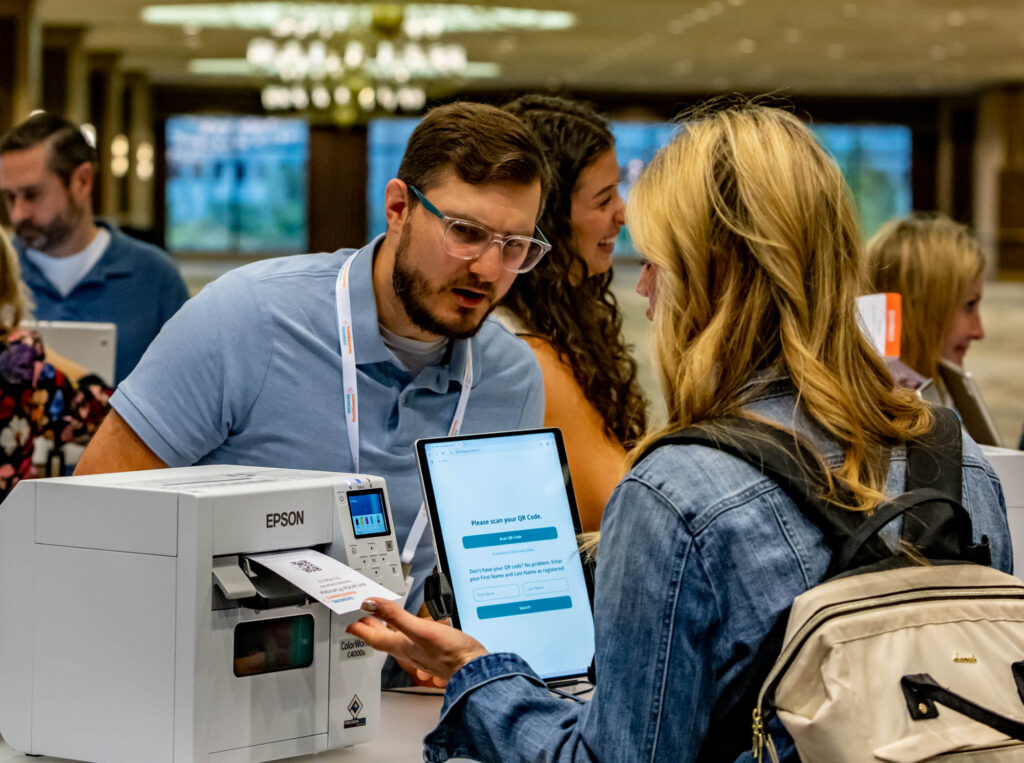
It’s tempting. Clone last year’s form. Tweak the price. Change a date. Move on.
But this “rinse and repeat” mindset doesn’t account for changing audience expectations or new event strategies.
Your registration setup should evolve:
- Did you add new tracks or ticket types?
- Are you targeting a different generation?
- Did you learn something from last year’s complaints?
One panelist put it bluntly: “Stop treating registration like a template. It’s part of your brand strategy.”
Make Life Easier for Members and Exhibitors
Complex member pricing. Bundled packages. Booth staff comp passes. Sponsor tiers. It’s a lot.
The webinar stressed that the more intuitive your member and exhibitor paths are, the more likely people are to complete them without support.
Make it easy to self-identify:
- “Are you a member?” triggers auto-validation
- “Are you with a sponsoring company?” reveals relevant options
Reducing friction here frees up your staff and improves the user experience.
Your Tech Should Work With You, Not Against You
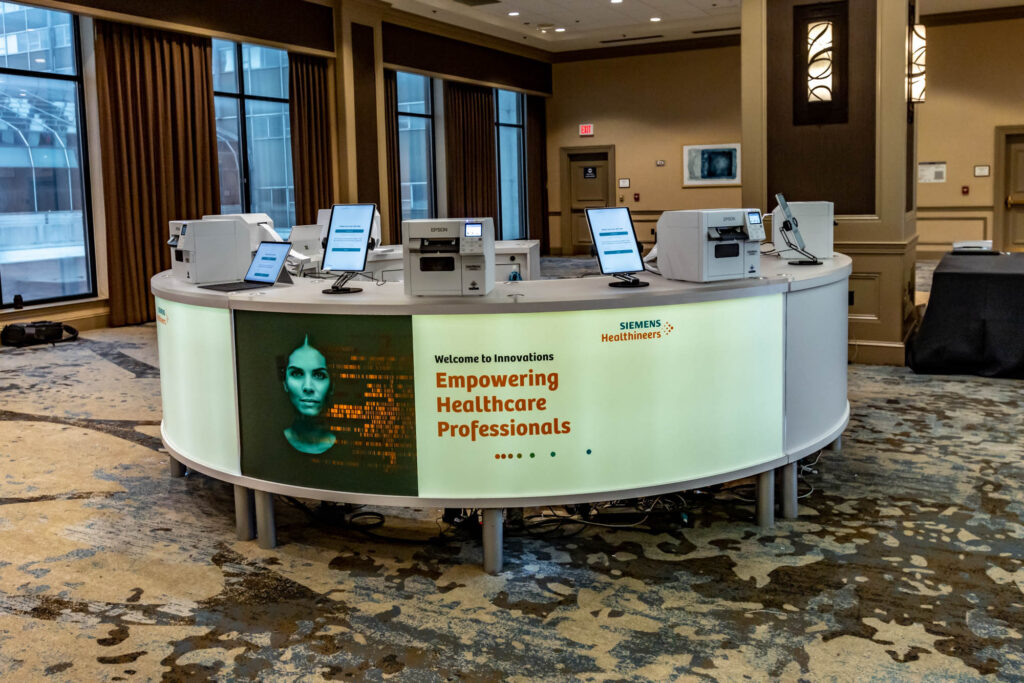
The right registration platform can do more than take credit cards. It can:
- Streamline internal workflows
- Support conditional logic
- Automate reminders and confirmations
- Power data insights for your post-show debrief
If your platform doesn’t adapt to your audience segments or scale with your event, it might be time to start shopping around.
Registration isn’t just logistics—it’s tech-enabled experience design.
Registration Is a Brand Touchpoint. Act Like It.
One of the final takeaways hit home: we need to stop thinking of registration as “just operations.”
It’s branding.
It’s data strategy.
It’s audience experience.
It’s sponsorship enablement.
It’s reputation management.
It’s all of it.
And it deserves the same level of strategic thought you give your keynote stage or your sponsorship decks.
Key Questions for Your Team:
As you plan your next event, sit down and ask:
- What’s the very first thing someone experiences when they register?
- Are we asking for too much too soon?
- Are we tailoring the path based on who they are?
- Is our group registration setup functional or frustrating?
- How are we protecting our data and our brand?
- What’s changed since last year that should be reflected in this year’s form?
Final Thought: Don’t Underestimate the Power of a Seamless Start
In a world where attention is short and expectations are high, registration is more than a process—it’s a first impression. It’s a handshake. A welcome. A moment of truth.
Treat it accordingly.
Because when done right, registration doesn’t just get people in the door—it sets the stage for everything that follows.

